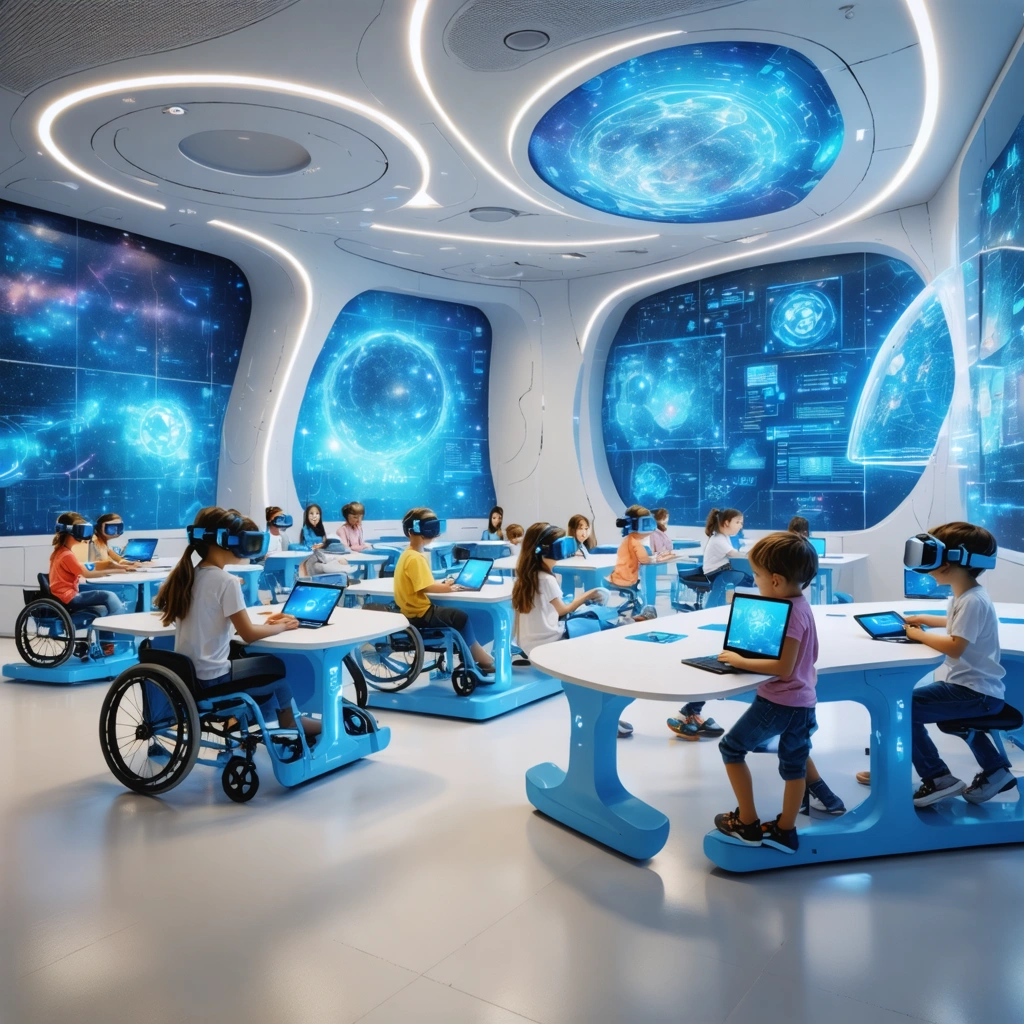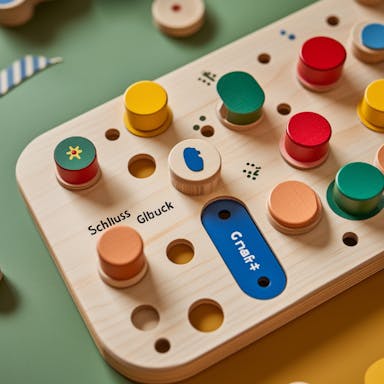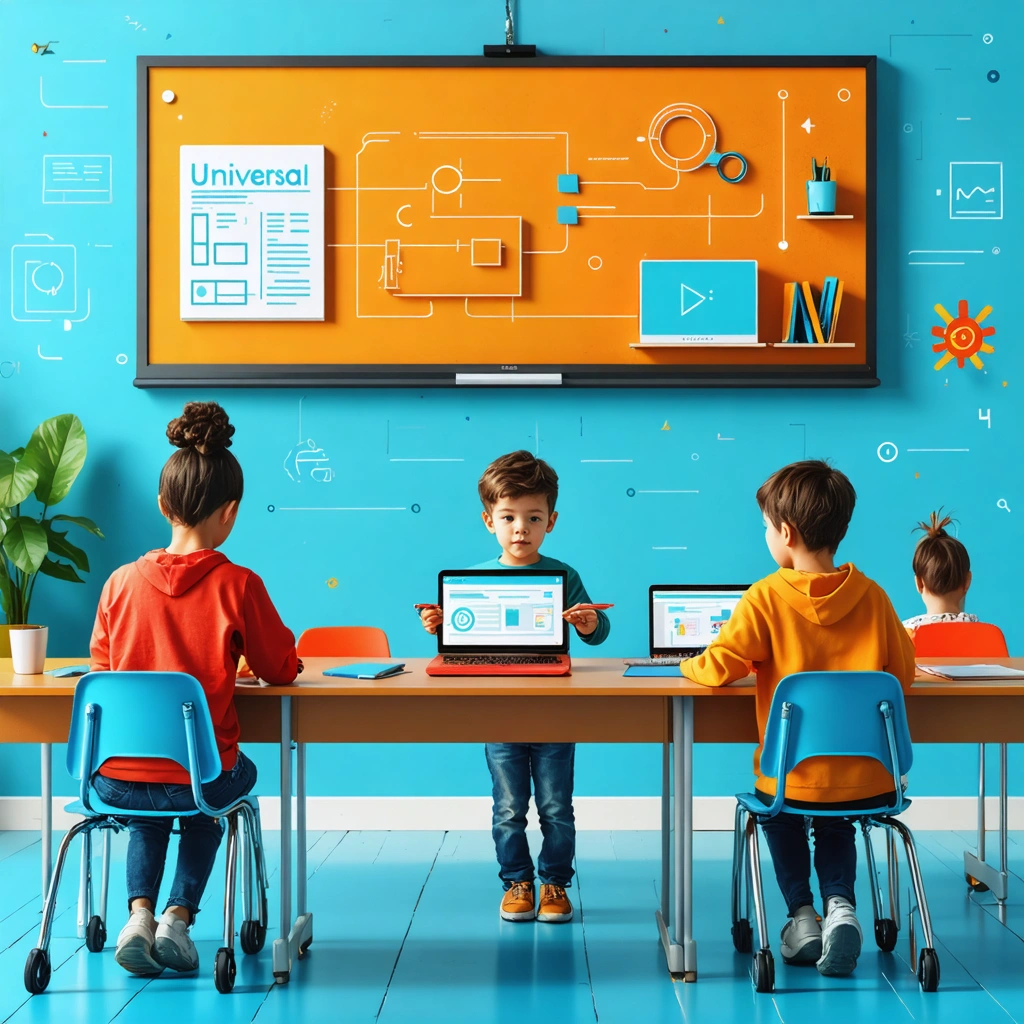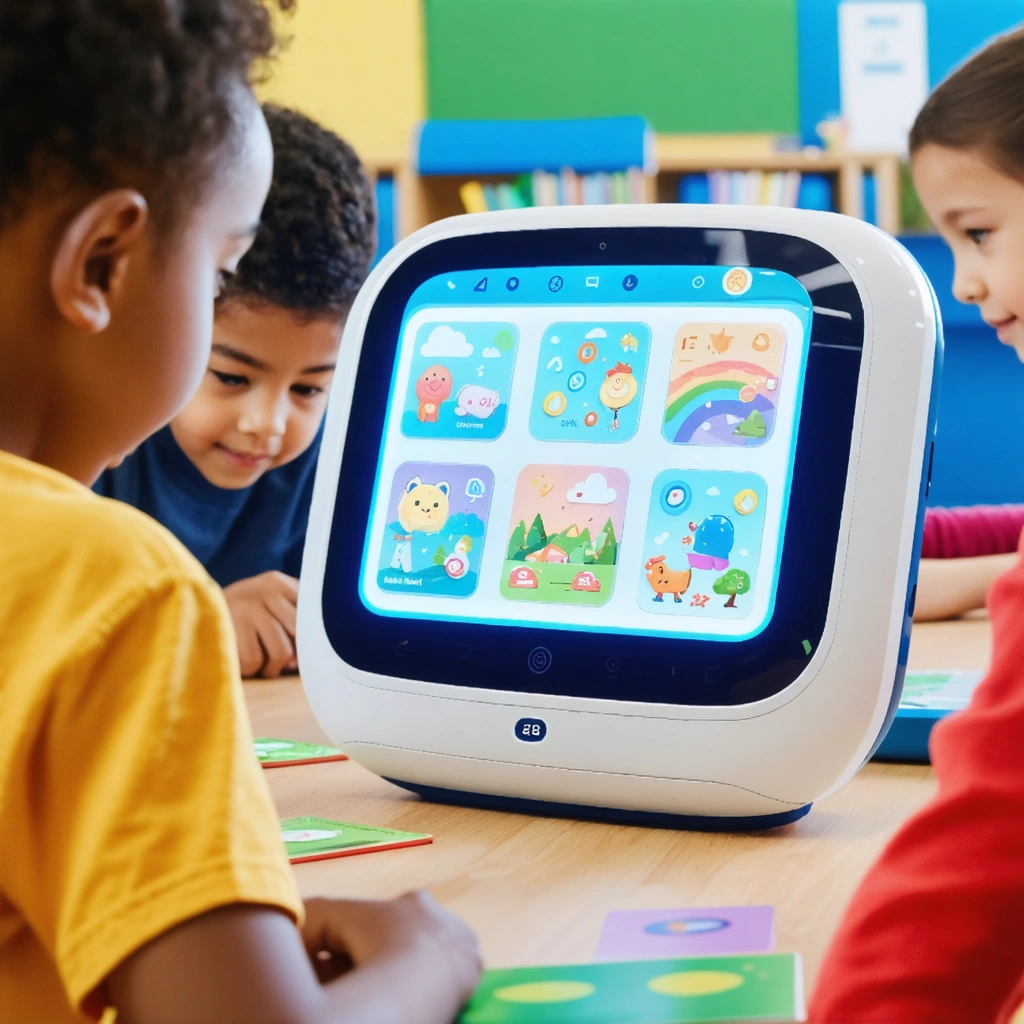In today’s diverse classrooms, Universal Design for Learning (UDL) has emerged as a key framework to create inclusive and accessible educational environments. By offering flexible and adaptable teaching methods, UDL supports students with varying abilities, backgrounds, and learning preferences. With the integration of AI tools, universal design learning strategies can now be implemented faster, tailored to individual needs, and scaled efficiently. Below are the top 5 strategies based on UDL principles and how AI enhances them.

1. Multiple Means of Representation (Enhanced with AI)
Not all students process information in the same way. Providing content in various formats helps learners access material in ways that best suit them.
• Traditional Methods: Use visual aids like diagrams, provide written summaries, or offer audio descriptions.
• AI-Enhanced Approach: AI tools like text-to-speech, automated captions, and translation apps (e.g., ChatGPT, Google Translate) generate content for different modalities in seconds. These tools save educators time while ensuring all students receive high-quality resources.
• Why it Matters: AI ensures equitable access to content for all learners, regardless of their preferred learning style.

2. Flexible Assessment Methods (Enhanced with AI)
Traditional assessments may not accurately reflect a student’s understanding. UDL emphasizes diverse ways for students to demonstrate learning.
• Traditional Methods: Students choose between essays, presentations, or visual projects.
• AI-Enhanced Approach: AI platforms like adaptive testing tools or AI-generated feedback systems provide real-time insights into student performance. Creative tools like DALL·E and Canva enable visually engaging projects for students with limited design skills.
• Why it Matters: AI facilitates flexible assessments, empowering students to showcase their strengths in the format they’re most comfortable with.
3. Foster Engagement Through Choice (Enhanced with AI)
Choice and autonomy drive student motivation. UDL promotes offering options to encourage active participation.
• Traditional Methods: Let students select topics, pick reading materials, or decide group collaboration methods.
• AI-Enhanced Approach: AI-powered learning management systems (LMS) recommend personalized content or projects based on a student’s interests and performance. Tools like ChatGPT assist students in brainstorming and creating outlines for their chosen topics.
• Why it Matters: AI enhances student engagement by tailoring learning paths to individual preferences.

4. Accessible Learning Materials (Enhanced with AI)
Accessibility is central to universal design. Ensuring all students can interact with course materials is vital for inclusivity.
• Traditional Methods: Provide large-print materials, screen-reader compatibility, and closed captions for videos.
• AI-Enhanced Approach: AI tools like Otter.ai transcribe lectures, while AI-powered screen readers such as JAWS improve digital accessibility. AI can also convert content into alternative formats, such as Braille or simplified text, effortlessly.
• Why it Matters: AI reduces the time and effort required to make materials accessible, ensuring no student is left behind.

5. Scaffolded Support Systems (Enhanced with AI)
Scaffolding helps students gradually transition from dependence to independence.
• Traditional Methods: Provide step-by-step guides, templates, and peer mentoring programs.
• AI-Enhanced Approach: AI tutoring tools, like Khan Academy’s AI or personalized learning assistants, guide students through challenging concepts step by step. AI chatbots provide 24/7 support, answering questions even outside classroom hours.
• Why it Matters: AI offers consistent, scalable support tailored to each learner’s progress.
Why Universal Design Learning Strategies Are Better with AI
Traditional UDL strategies improve inclusivity and adaptability but often demand significant resources. AI simplifies implementation by automating repetitive tasks, delivering personalized learning experiences, and ensuring accessibility for all learners. These innovations make universal design learning strategies more practical and impactful.
By integrating AI, educators can take universal design learning strategies to the next level. These tools make teaching methods more efficient, inclusive, and adaptable to diverse learning needs. Embracing AI not only enhances UDL principles but also creates classrooms that are truly future-ready.



